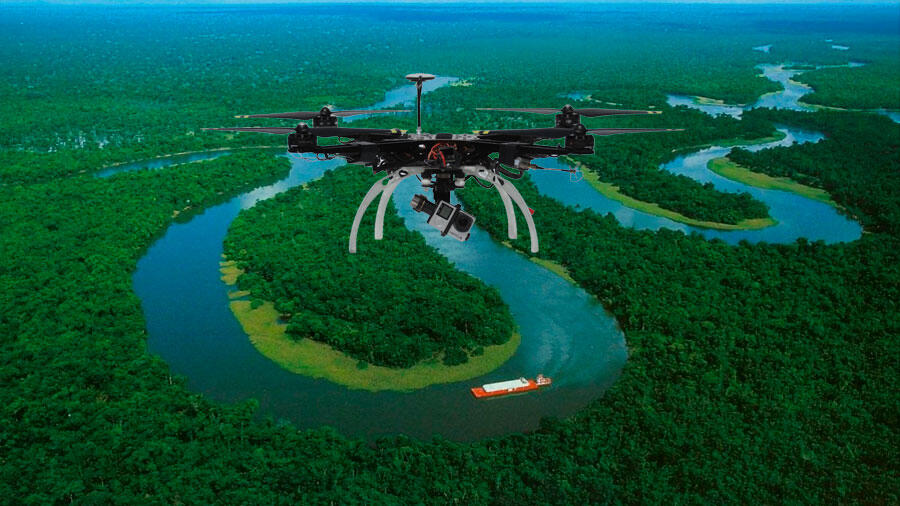Scientists at the University of Exeter hope to discover the secrets of the ancient tribes of the Amazon and its effects on vegetation, using a drone equipped with revolutionary technology.
In collaboration with the National Institute for Space Research of Brazil, will fly over the world’s largest with an airplane remote control to find out more about how humans used the forests for thousands of years rainforest.
The researchers hope to answer a question on the impact of past humans in the Amazon jungle. It is not yet known how small bands of hunter-gatherers who lived there transformed the landscape, or the complexity of their society.
The Amazon plays an essential role in the global climate and carbon cycle regulation. Humans have lived there for 13,000 years. Course previously had a negligible impact, but there is growing evidence suggesting that this was not the case, reports the University of Exeter.
The research tool is one of the first unmanned fixed wing connected with a laser device of high quality.
The laser scans the landscape and collect data in 3-D that show how humans could have altered the landscape. The 3-D image will help identify where archaeological excavations should take place, somewhat complex due to the lush vegetation of the Amazon. PAST flights from project ( Pre-Columbian Amazon Scale Transformations ) will begin in October.











